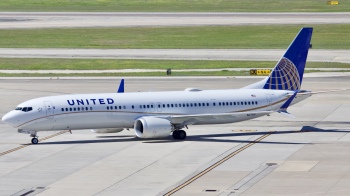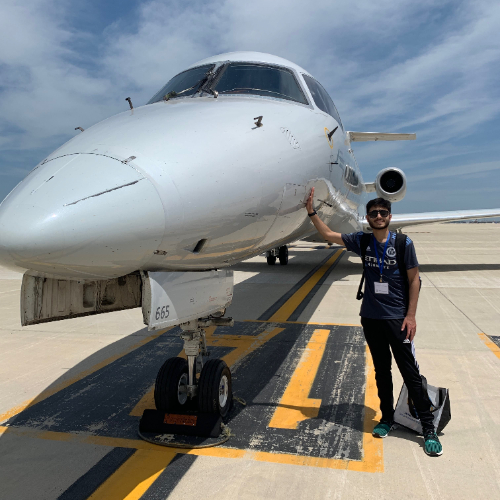Tokyo’s Narita International Airport has gradually decreased in popularity among airlines due to various factors.
While airlines like Delta have opted to shift their Tokyo operations to the more favorable Haneda Airport, United has expressed interest in continuing to grow in Narita.
A Japanese United Hub?
The story of United Airlines’ presence in Japan began in 1986 with the gradual downfall of Pan-American Airways (Pan Am).
It was here when United took over Pan Am’s Asia-Pacific network, securing the carrier’s hub at Tokyo Narita Airport (NRT). Back then, United reportedly paid $750 million for Pan Am’s Asia-Pacific network, which is around $2.2 billion today.
At that time, both Pan Am and Northwest Airlines operated hubs at Narita Airport. Despite being American carriers, both airlines had the right to carry local traffic not just between Japan and the United States but also from Japan and further into Asia.
Back in 1986, having a hub in Tokyo was important because aircraft needed to have the range that they do today. Many Asian cities were not reachable nonstop from the States, hence why having a stopover in Tokyo was important for airlines like Pan Am and Northwest.
This point is now irrelevant as with various improvements, aircraft can now fly nonstop from multiple cities in Asia to the United States.
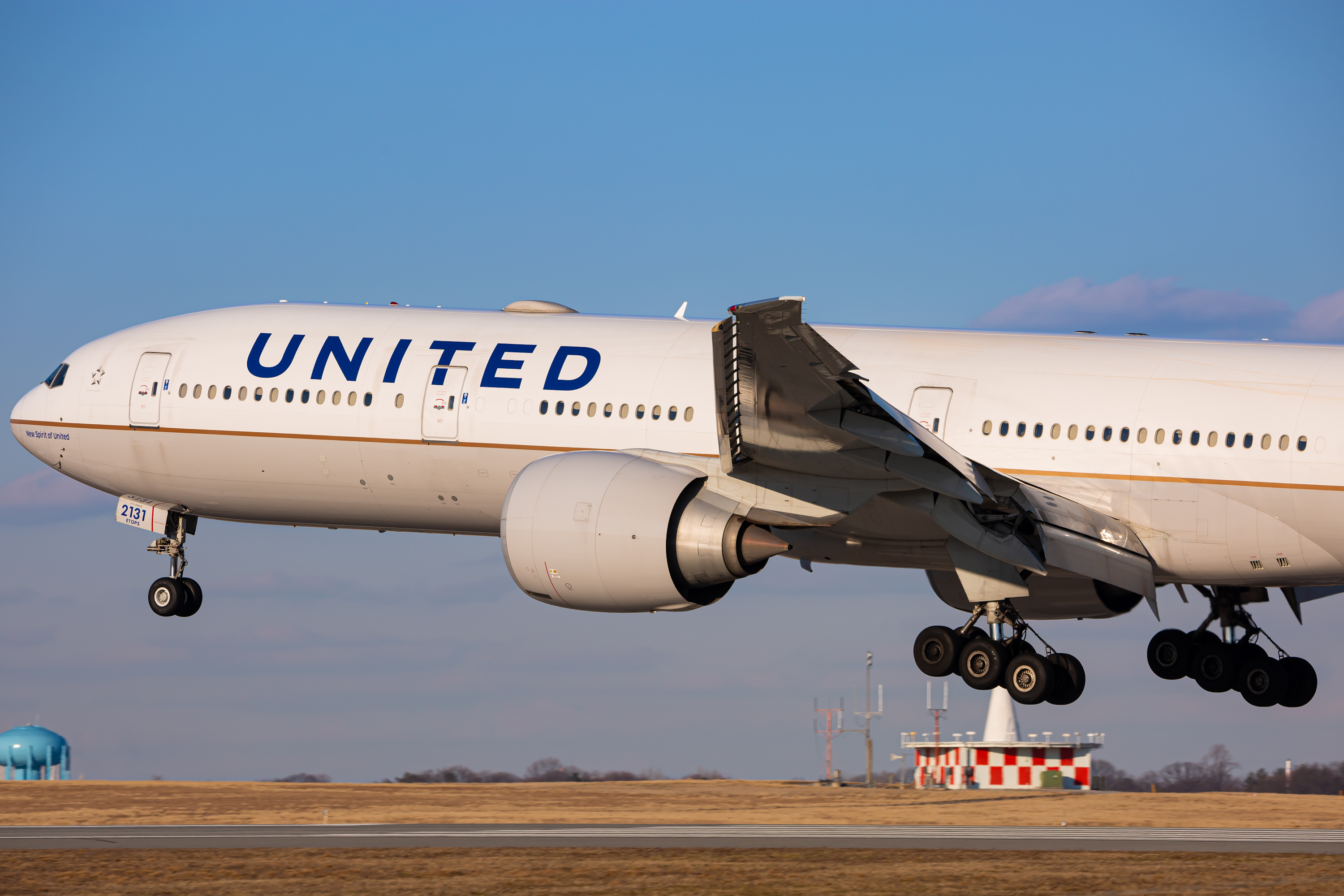
Of course, Delta took over Northwest and, over the years, gradually cut down on the inherited Tokyo hub. Today, Delta has largely abandoned hub operations in Tokyo. The carrier ended service from Narita and has completely shifted to Haneda Airport (HND).
United, on the other hand, immediately replaced Pan Am on its various routes out of Narita. The carrier would operate flights to Asian strongholds like Beijing, Shanghai, Hong Kong, Manila, Seoul, and Taipei.
Moving into the early 2000s and 2010s, many of those intra-Asian routes would see United 747-400s and 777-200ERs operating them.
United last operated intra-Asian service in 2017, but now, amid the carrier’s massive recent route announcement, the Narita hub is making a comeback.
Why Narita?
Many wonder why United would choose to expand in Narita despite Haneda Airport being a much more favorable option.
For starters, Haneda is much closer to Tokyo’s city center. However, because of how favorable its location is, airlines have been going wild over consolidating their Tokyo operations there.
This means that slots in Haneda have become harder to come by. United and Delta were involved in a spat related to Haneda slots last year.
However, bear in mind that United has maintained a large presence in Narita since the late ’80s. Even though it has cut down on its routes from Narita, so have other airlines.
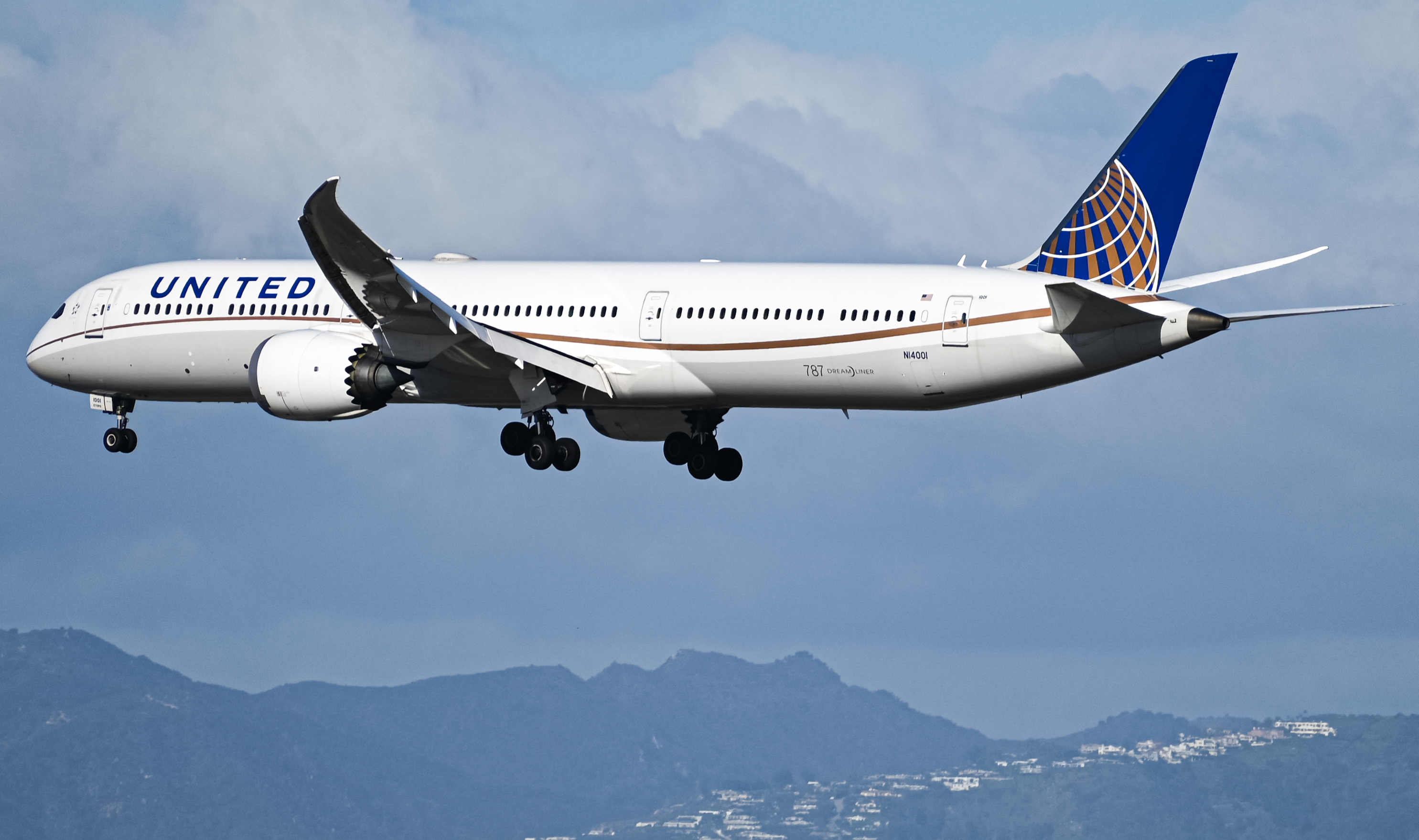
This means that with Narita losing popularity in favor of Haneda, United has a chance to grow further in Narita as more slots open up. That’s exactly what the carrier is trying to do now.
In just a few days, on October 27th, 2024, United will relaunch intra-Asian flying with a new route from Narita to Cebu, Philippines (CEB).
Tokyo-Cebu is not served by any Japanese airline, especially All Nippon Airways (ANA), with whom United has a partnership through Star Alliance.
That is another reason why United is betting on a resurgence in Narita. Despite ANA having moved most of its long-haul routes to Haneda, it still maintains a handful of long-haul routes and many Asian routes from Narita.
United will focus on opening new Asian routes from Narita that ANA (and even competitor Japan Airlines) does not already serve. This will make it easier for passengers to fly into Narita on ANA, for example, and then connect to a United flight down to Cebu.
Cebu itself is a large market for American passengers, especially from cities like Los Angeles, San Francisco, and Chicago. ANA serves all three towns from both Narita and Haneda.
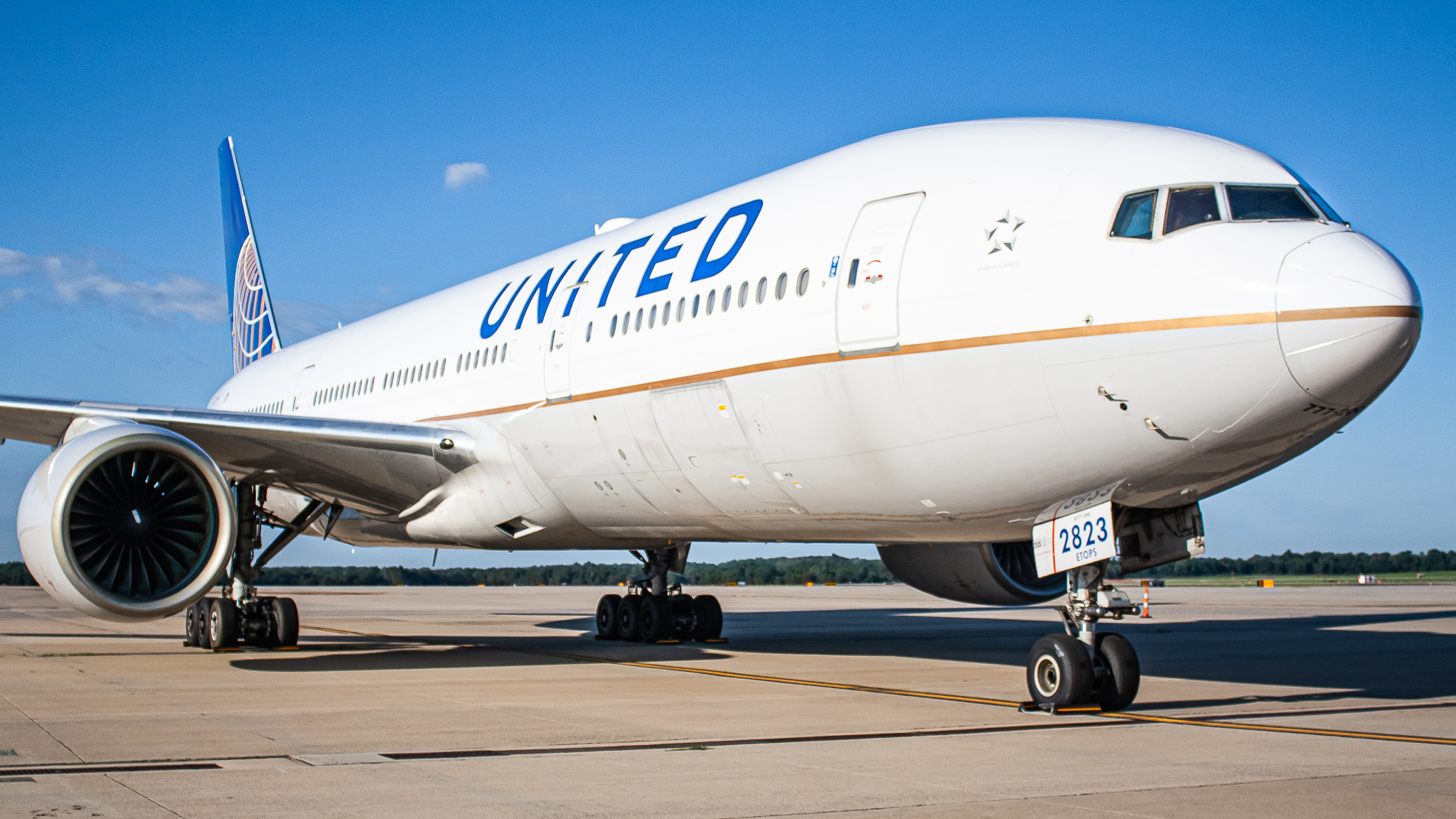
It’s not just Cebu that United is opening from the “reborn” Narita hub. As part of its massive new route announcement, United announced new services to Ulaanbaatar, Mongolia (UBN) starting on May 1st, 2025, and Kaohsiung, Taiwan, from July 11th, 2025.
The 737 Carries
Yes, United is relying on its Asia-based fleet of Boeing 737-800s to make the Narita renaissance work. But why is this?
United has operated a hub in Guam (GUM) for many years. However, the hub has not been as profitable as the airline would have hoped. Guam will continue to house United’s various routes to Micronesia, including the famed “Island Hopper” from Honolulu.
However, most routes to larger Asian cities will be shifted to Narita. Despite this, United will keep Guam and Narita linked in addition to its nonstop Guam-Honolulu service.
With Narita rising in United’s ranks, most of the Guam-based 737-800s will shift to Narita. It is this group of planes that will serve the new routes to Ulaanbaatar, Kaohsiung, and Cebu, among others.
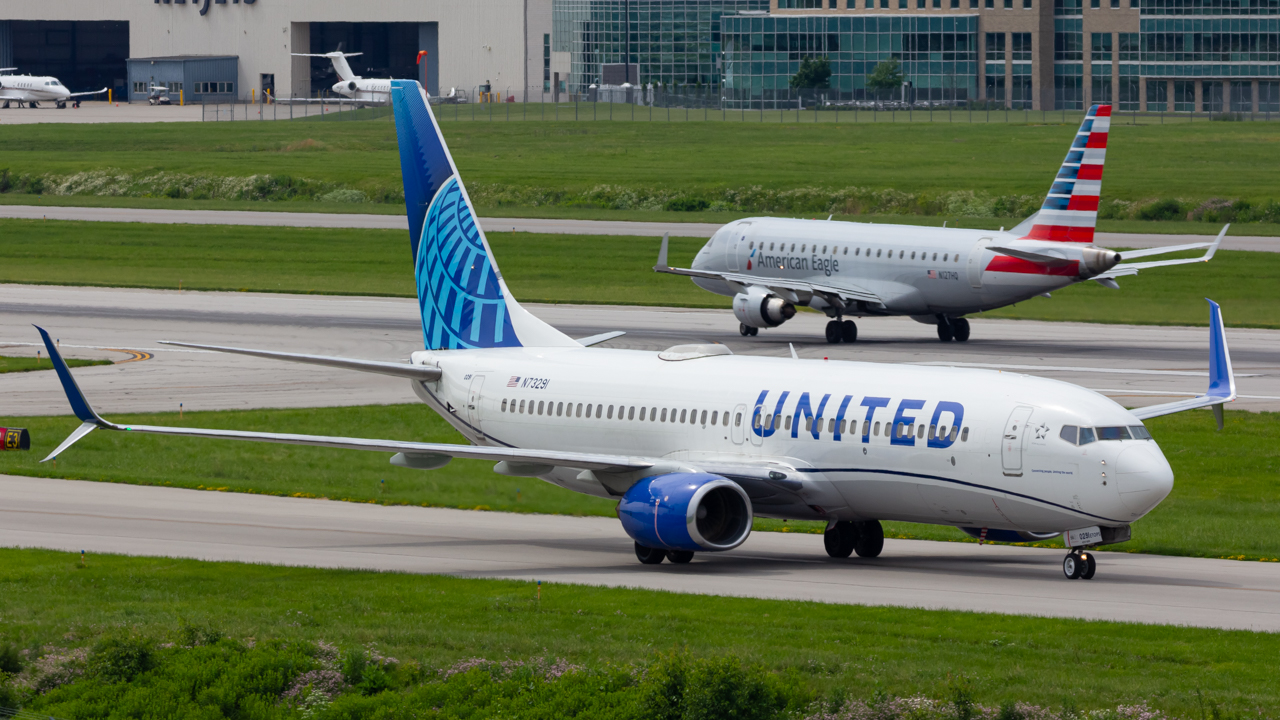
It may seem outlandish to operate these routes on 737s, but, in reality, the distance between many of these places is pretty close. The longest route that these 737s fly is roughly five or so hours from Tokyo to Ulaanbaatar. All other routes would be shorter.
Therefore, United’s decision to revive its Narita hub is low-risk and high-reward. As United’s EVP and CCO Andrew Nocella states:
“We [United] have a list of all these high-profile places that don't have nonstop service to the U.S. that could be of interest. We’re going to try and see if we can make some magic.”
Comments (0)
Add Your Comment
SHARE
TAGS
NEWS united airlines naritaunited tokoyunited airlines mongoliaunited airlines cebunarita airportunited tokyounited airlines tokyohaneda airportunited airlines newunited airlines new routesRECENTLY PUBLISHED
 Learjet Owned By Vince Neil Crashes Into Gulfstream Jet, 1 Fatality Confirmed
On February 10th, around 14:30 local time, a Learjet private jet aircraft crashed into another private jet after landing at Scottsdale Airport (SCF) in Arizona.
NEWS
READ MORE »
Learjet Owned By Vince Neil Crashes Into Gulfstream Jet, 1 Fatality Confirmed
On February 10th, around 14:30 local time, a Learjet private jet aircraft crashed into another private jet after landing at Scottsdale Airport (SCF) in Arizona.
NEWS
READ MORE »
 Seattle Plane Strike 2025: Japan Airlines and Delta Collision Raises Safety Concerns
Seattle-Tacoma International Airport saw a concerning incident on Wednesday morning when a Japan Airlines (JAL) plane clipped a parked Delta Air Lines jet while taxiing. Thankfully, no one was injured, but passengers described the collision as a frightening experience.
NEWS
READ MORE »
Seattle Plane Strike 2025: Japan Airlines and Delta Collision Raises Safety Concerns
Seattle-Tacoma International Airport saw a concerning incident on Wednesday morning when a Japan Airlines (JAL) plane clipped a parked Delta Air Lines jet while taxiing. Thankfully, no one was injured, but passengers described the collision as a frightening experience.
NEWS
READ MORE »
 Ethiopian Airlines Expands Cargo Fleet with New Boeing 777 Freighter
Ethiopian Airlines has expanded its cargo fleet with a brand-new Boeing 777 Freighter, registered as ET-BAB (MSN 68140). The aircraft was delivered directly from Boeing’s factory in Everett, Washington, USA, and landed at Addis Ababa Bole International Airport at 3:41 PM (GMT+3) on Wednesday, January 22, 2025.
NEWS
READ MORE »
Ethiopian Airlines Expands Cargo Fleet with New Boeing 777 Freighter
Ethiopian Airlines has expanded its cargo fleet with a brand-new Boeing 777 Freighter, registered as ET-BAB (MSN 68140). The aircraft was delivered directly from Boeing’s factory in Everett, Washington, USA, and landed at Addis Ababa Bole International Airport at 3:41 PM (GMT+3) on Wednesday, January 22, 2025.
NEWS
READ MORE »



